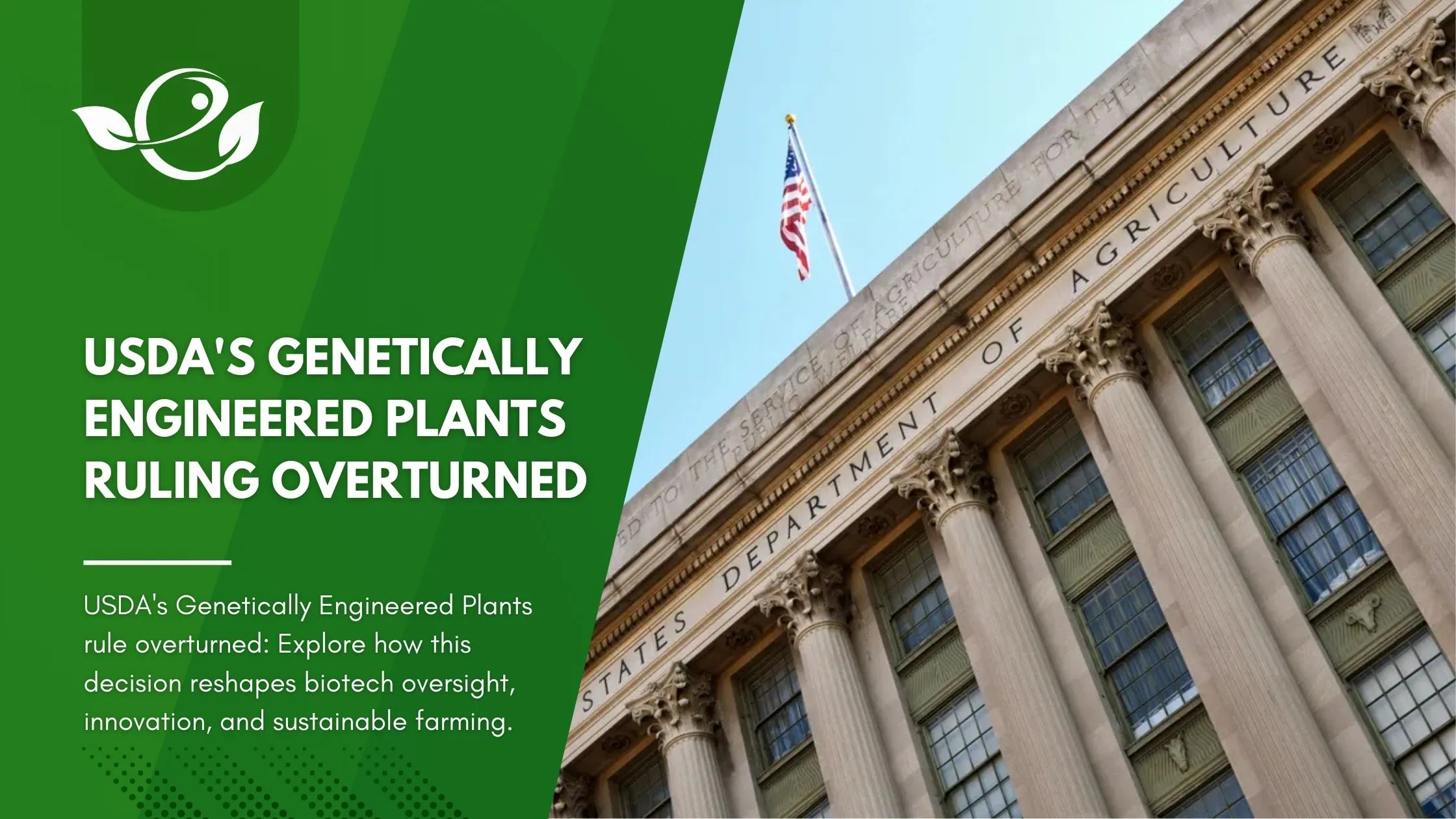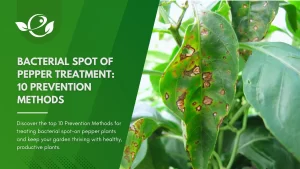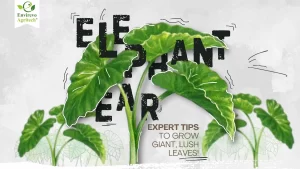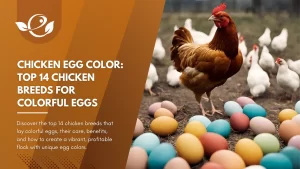Table of Contents
The recent court decision vacating the USDA’s rule on genetically engineered plants marks a pivotal moment in U.S. agricultural regulation. In an opinion delivered by U.S. District Judge James Donato, the court found that the rule—commonly referred to as the SECURE rule—was implemented in a manner that was both arbitrary and capricious. This ruling has significant implications for the biotech industry, environmental oversight, and the future of agricultural innovation.
Background: The SECURE Rule and Its Origins
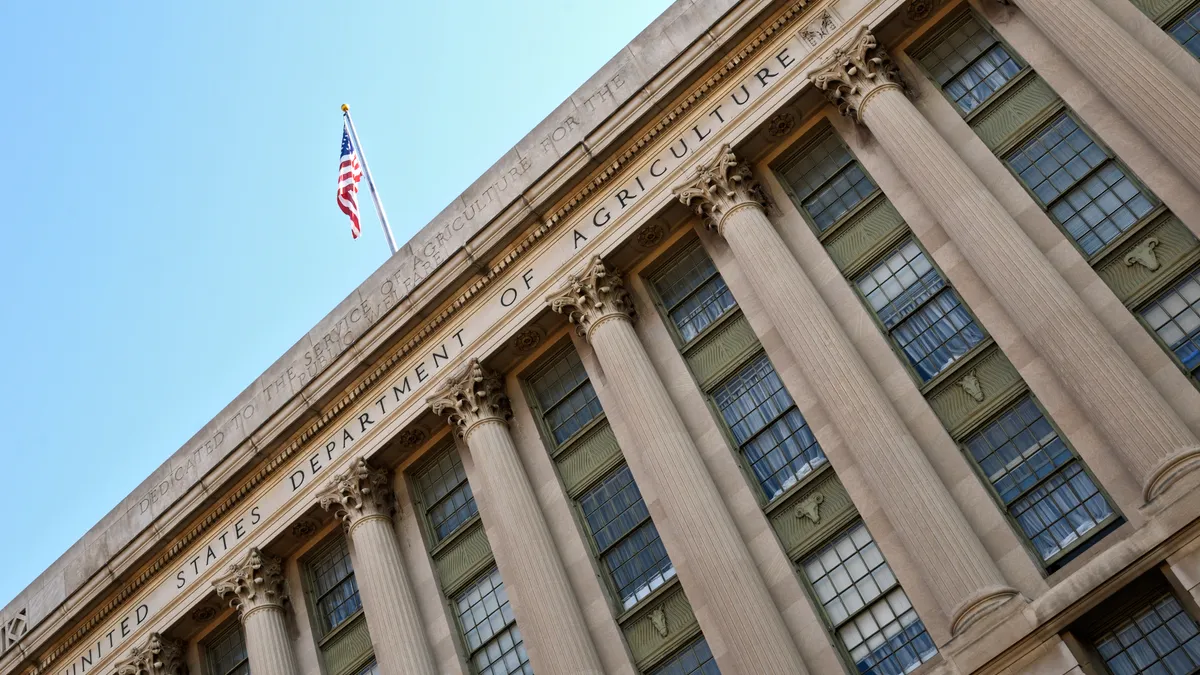
In May 2020, under the guidance of the Trump administration, the U.S. Department of Agriculture (USDA) introduced a sweeping rule aimed at modernizing the regulation of genetically engineered (GE) plants. Known as the SECURE rule, it was designed to exempt certain GE plants from a pre-market review if they were deemed unlikely to pose environmental risks. Proponents of the rule, including Agriculture Secretary Sonny Perdue, argued that it would streamline innovation by reducing redundant regulatory hurdles and aligning modern biotechnology with conventional breeding methods.
However, critics contended that the exemption allowed too many GE plants to bypass rigorous review processes. This concern was underscored by the fact that since the rule’s inception, at least 99 GE plant varieties had been exempted from USDA evaluation, thereby potentially compromising environmental safety and undermining regulatory oversight.
The Court’s Decision: Key Findings

On December 2, 2024, the U.S. District Court for the Northern District of California vacated the SECURE rule. The decision was grounded in several critical observations:
- Failure to Address Plant Pest Risks: Judge Donato highlighted that the USDA’s Animal and Plant Health Inspection Service (APHIS) did not adequately incorporate its authority over noxious weeds when finalizing the rule. Previously, each plant transformation event was assessed separately—even when the genetic modifications were similar or identical. The court noted that the streamlined process under the SECURE rule effectively overlooked significant plant pest risks associated with some GE plants.
- Arbitrary and Capricious Implementation: The ruling asserted that the USDA acted arbitrarily in issuing the rule. By exempting a broad spectrum of GE plants without thorough individual assessments, the agency essentially diluted its own regulatory responsibilities. This decision, therefore, mandates a reconsideration of the rule consistent with established regulatory processes.
isaaa.org - Legal and Environmental Implications: Legal experts, including George Kimbrell of the Center for Food Safety, hailed the decision as a major victory for ensuring scientific oversight and environmental protection. Kimbrell remarked that the USDA had, in effect, ceded its regulatory authority to large agribusiness and pesticide companies, thereby compromising both public safety and environmental integrity.
Industry and Stakeholder Reactions
The ruling has elicited a spectrum of responses from various stakeholders:
- Biotech Industry: Proponents of the SECURE rule had long argued that reducing regulatory burdens was essential for fostering innovation in agricultural biotechnology. The decision to overturn the rule may slow down the pace of innovation, at least temporarily, as developers now face a more stringent review process for each new GE plant variant.
- Farmers and Environmental Advocates: Many farmers and environmental groups view the decision as a critical check on deregulation. With enhanced oversight, there is renewed optimism that the safety of both crops and the surrounding ecosystems will be better safeguarded.
- USDA APHIS’s Next Steps: In response to the ruling, USDA APHIS has indicated that it will provide further guidance to stakeholders while determining the next steps. Importantly, regulatory status reviews, confirmation request responses, and active permits issued prior to the ruling remain valid, ensuring that ongoing projects are not abruptly halted.
Broader Implications for U.S. Agriculture
This landmark decision is likely to shape the future trajectory of agricultural biotechnology regulation in the United States. Key considerations include:
- Enhanced Scientific Oversight: The court’s mandate for a reconsideration of the rule underscores the need for rigorous scientific evaluation in the approval process of GE plants. It reinforces the importance of assessing environmental risks comprehensively rather than relying on streamlined regulatory exemptions.
- Balancing Innovation and Safety: As the agricultural sector continues to embrace advanced biotechnology, policymakers face the challenge of balancing the dual objectives of fostering innovation and ensuring public and environmental safety. The overturning of the SECURE rule signals a potential shift toward more cautious and methodical regulatory practices.
- Impact on Global Competitiveness: For U.S. farmers and biotech firms, this ruling may result in increased regulatory costs and delays. However, proponents argue that such measures are essential to maintain long-term sustainability and consumer confidence in U.S. agricultural products.
Conclusion
The overturning of the USDA’s SECURE rule marks a turning point in the oversight of genetically engineered plants. While it may introduce new challenges for innovation in the short term, the decision reinforces the need for a robust regulatory framework that prioritizes environmental safety and public health. As USDA APHIS works to redefine its approach, stakeholders across the agricultural spectrum will be watching closely, anticipating how future guidelines will shape the evolution of biotechnology in farming.
This development is not just a legal victory but a call to action for a more balanced approach to agricultural innovation—one that protects the environment while still encouraging scientific progress.
For further updates on this evolving story, stay tuned to industry publications and official USDA announcements.
